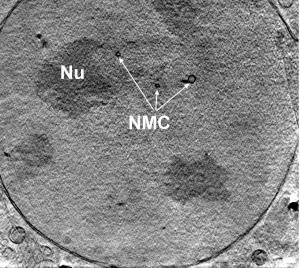Argonne researcher studies what makes quantum dots blink
In order to learn more about the origins of quantum dot blinking, researchers from the U.S. Department of Energy's Argonne National Laboratory, the University of Chicago and the California Institute of Technology have developed a method to characterize it on faster time scales than have previously been accessed.
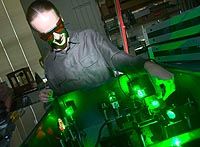
University of Chicago
Nanocrystals of semiconductor material, also known as quantum dots, are being intensively investigated for applications such as light-emitting diodes, solid-state lighting, lasers, and solar cells. They are also already being applied as fluorescent labels for biological imaging, providing several advantages over the molecular dyes typically used, including a wider range of emitted colors and much greater stability.
Quantum dots have great promise as light-emitting materials, because the wavelength, or color, of light that the quantum dots give off can be very widely tuned simply by changing the size of the nanoparticles. If a single dot is observed under a microscope, it can be seen to randomly switch between bright and dark states. This flickering, or blinking, behavior has been widely studied, and it has been found that a single dot can blink off for times that can vary between microseconds and several minutes. The causes of the blinking, though, remain the subject of intense study.
The methods developed by Matt Pelton of Argonne's Center for Nanoscale Materials and his team of collaborators has revealed a previously unobserved change in the blinking behavior on time scales less than a few microseconds. This observation is consistent with the predictions of a model for quantum-dot blinking previously developed by Nobel Laureate Rudolph Marcus, contributor to this research, and his co-workers. In this model, the blinking is controlled by the random fluctuation of energy levels in the quantum dot relative to the energies of trap states on the surface of the nanocrystal or in the nearby environment.
The results of this research provide new insight into the mechanism of quantum-dot blinking, and should help in the development of methods to control and suppress blinking.
Most read news
Topics
Organizations
Other news from the department science
These products might interest you
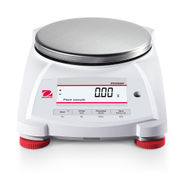
Pioneer PX by Ohaus
Never before has a low-cost balance been such a good long-term investment
Accurate results every time - even when exposed to temperature fluctuations & electromagnetic fields
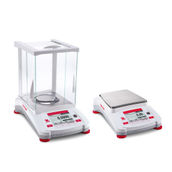
Precision balances by Ohaus
High-performance precision balances for everyday use in laboratories & industry
From milligram-accurate measurement of small samples to routine weighing in the kilogram range
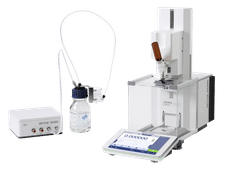
Automatische XPR-Waagen by Mettler-Toledo
Production of standards, samples and concentrations - fast and reliable
Automate the weighing processes in your laboratory - ideal also for sample prep at chromatography
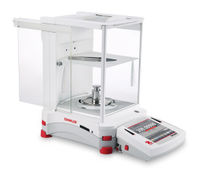
Balances analytiques by Ohaus
Analytical balances with outstanding weighing performance, as easy to use as a smartphone
These space-saving analytical and semi-micro balances are surprisingly intuitive to use

Get the analytics and lab tech industry in your inbox
By submitting this form you agree that LUMITOS AG will send you the newsletter(s) selected above by email. Your data will not be passed on to third parties. Your data will be stored and processed in accordance with our data protection regulations. LUMITOS may contact you by email for the purpose of advertising or market and opinion surveys. You can revoke your consent at any time without giving reasons to LUMITOS AG, Ernst-Augustin-Str. 2, 12489 Berlin, Germany or by e-mail at revoke@lumitos.com with effect for the future. In addition, each email contains a link to unsubscribe from the corresponding newsletter.
